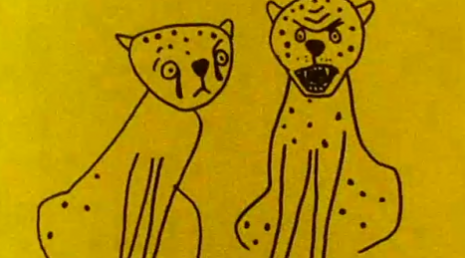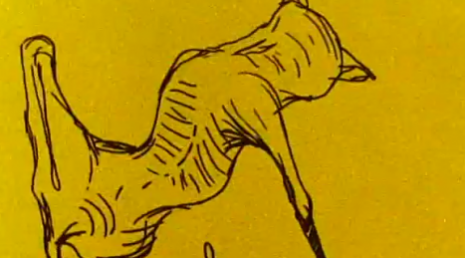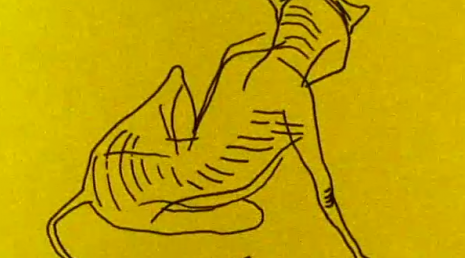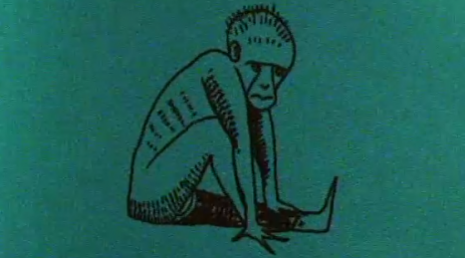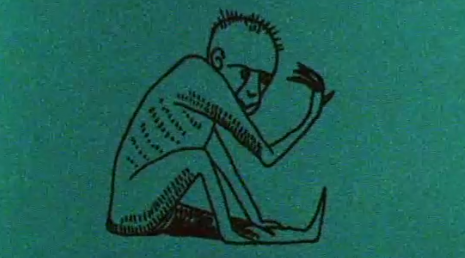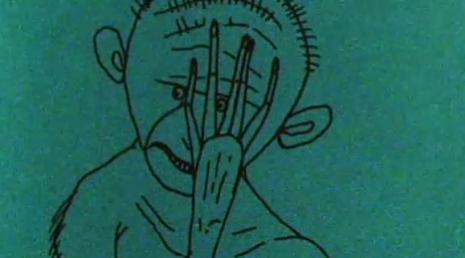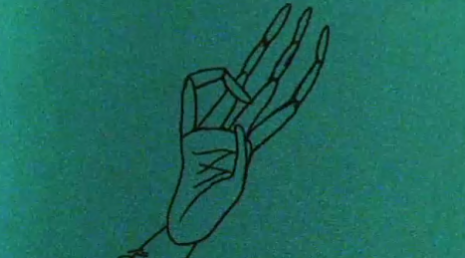Animals
Let me start by pointing out that in recent years my films have segued from animal themes to human themes. The Bats and The Moschops are anthropomorphic only to the extent that the animal narrators use language - rather fancy, poetic language - to describe their emotions and their life cycles. But their behavior is purely animal. I tell people over and over that my animals really are just animals, they are not stand-ins for humans, but nobody believes me.
People get a little dewy-eyed and platitudinous about nature, so I enjoy troubling them about it. Right now I’m working on a film on parasitic wasps - which Darwin himself said were incommensurate with a benevolent deity.
Since the harmony of nature is actually based on an unhappy system of things destroying other things, I am continually struck and amused by nature documentaries' almost compulsive tendency to try to comfort us instead of leaving us stranded in existential horror, where we belong.
Still, I am not completely unsentimental, and even I root for the baby lost penguin, or the gazelle that escapes the lion's claws!
Certain artists make the same work over and over, and I think I am one of those. It is as if I’ve found all my themes and will keep working on them, and never be able to get them out of my system. I am very excited about the wasp movie, The Pink Egg. For the first time I’m making a live-action film (with a proper screenplay), with actors (actresses, mostly), enacting the life cycles of insects.
In my quiet way I enjoy bossing people around and the idea of directing actors tickles me. Even though I’m going out on a limb here, I’m confidant that this wacky concept will work, and work as a funny, austere horror movie, as improbable as that sounds.


